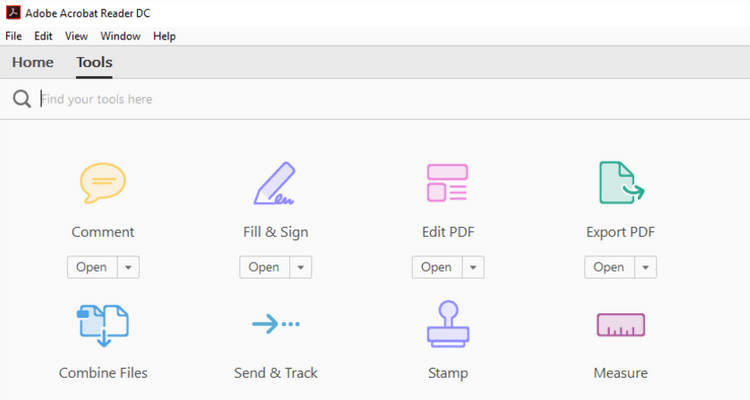

- Adobe pdf how to convert text to vector manual#
- Adobe pdf how to convert text to vector pro#
- Adobe pdf how to convert text to vector software#
Adobe pdf how to convert text to vector pro#
Pro Tip – When you convert text into vector shapes, each letter will be divided into a separate shape, so it is advisable to use guides or group the letters after the transformation to keep the alignment of the word intact. After you convert your text into shapes, you won’t be able to edit the text itself again, so it’s better to convert a few words and not an entire paragraph, unless you're certain that you won't need to edit your text again later. This will allow you to edit the text in the same way you would edit any other vector paths.īut, keep in mind that, converting text to outlines is a one-way process. To convert text into vector shapes, select your text box and tap the button at the bottom of the Path Tab labeled Create Outlines from Text (1). It will allow you to edit and move your text precisely, and keep your document organized.

Once you've set your text to the correct size, it is the optimal moment to tap this button. You can tap the Fit Bounds to Text Size button to resize the bounding box around your text. If want to support the future implementation of this feature, you can up vote the request here. 🙋🏻♂️ At the moment, it's not possible to set a negative value to Line Height, but we're considering adding this option.
Adobe pdf how to convert text to vector software#
To convert scanned images into vector objects, you need a special class of software called “raster to vector”.Pro Tip – The Line Height feature will allow you more precision while creating text with several lines or paragraphs. Note! Our software does not convert scanned images (raster PDF) into editable objects. It’s best to use the lowest resolution which achieves the level of quality you want. Keep in mind that the higher the dpi (resolution), the larger the file size. If publishing to a web-site, use 96 or 72 dpi is best for screen display. If you will be printing the graphic on a laser or ink-jet printer, convert at 150 or 300 dpi (dots per inch) resolution. The image formats that we support are TIFF, GIF, PNG, JPEG and BMP. If you do not need to edit the file and simply want a sharp copy to insert into a document or to publish on a web-site, you can go with image formats. The vector formats supported in our software are DXF, PDF, PS, EPS, SVG, WMF, EMF, CGM, HPGL and MIF. If you need to break a PDF file down into objects and text for editing, then you want to choose a vector format. It’s important to know which is best for the job you are doing. Visual Integrity can convert most PDF files into either vector or image formats. Images are also referred to as bitmaps or rasters. Vector graphics are made up of objects, lines, curves and text while images are made up of a collection of dots or pixels. Once you understand the two basic formats for graphics – vector and image, you know the tools to pick. Which Graphics Formats Should I Pick For Web and Print?
Adobe pdf how to convert text to vector manual#
If a raster PDF or scanned drawing is run through our software, we will turn the flat image into a tracing layer for manual work-up. Visual Integrity is specialized in tools for vector conversion and will produce high-quality, accurate drawings from vector PDF input. This is an approximation and requires operator involvement as well as manual clean-up. Raster PDF files are traced since there is no data to extract. This is accurate and precise and involves minimal manual clean-up. Vector PDF files are best transformed through data extraction. This is important since the two file types are converted differently. It’s easy to tell the difference between vector and raster PDF files by viewing them in Adobe Acrobat.

Knowing Which Type of PDF File You Have is Key.


 0 kommentar(er)
0 kommentar(er)
